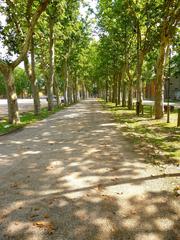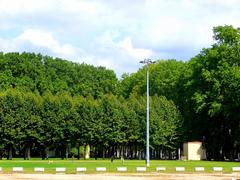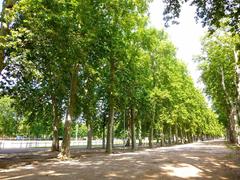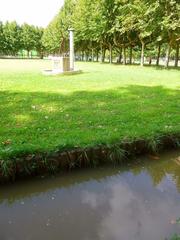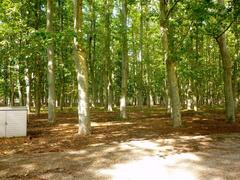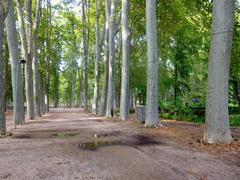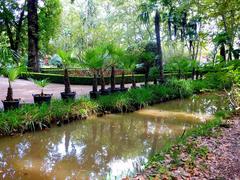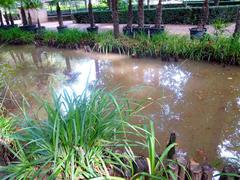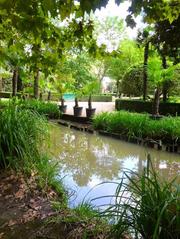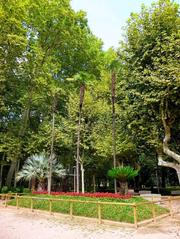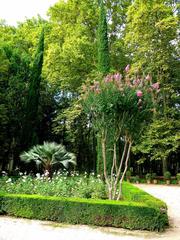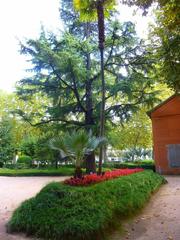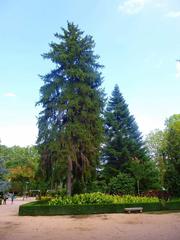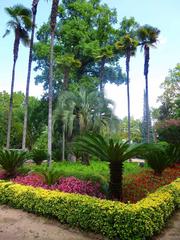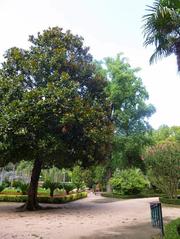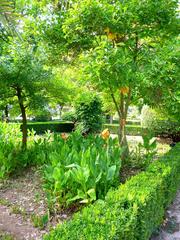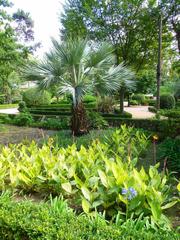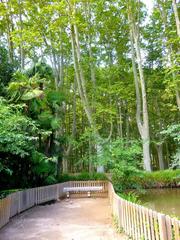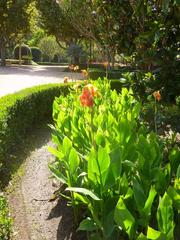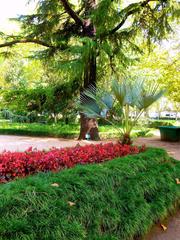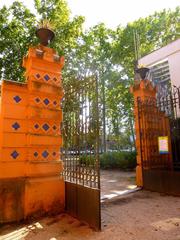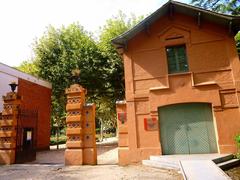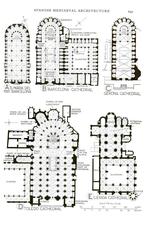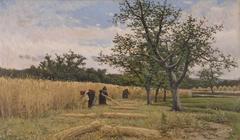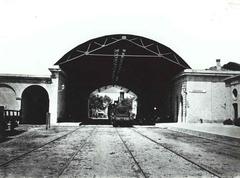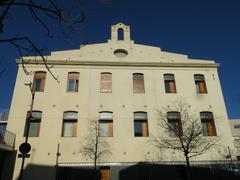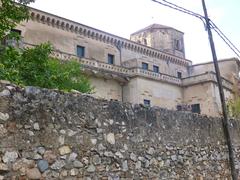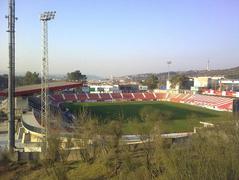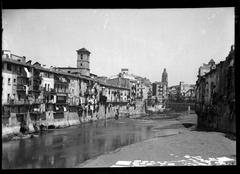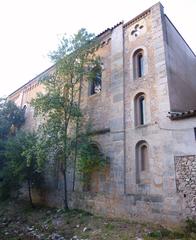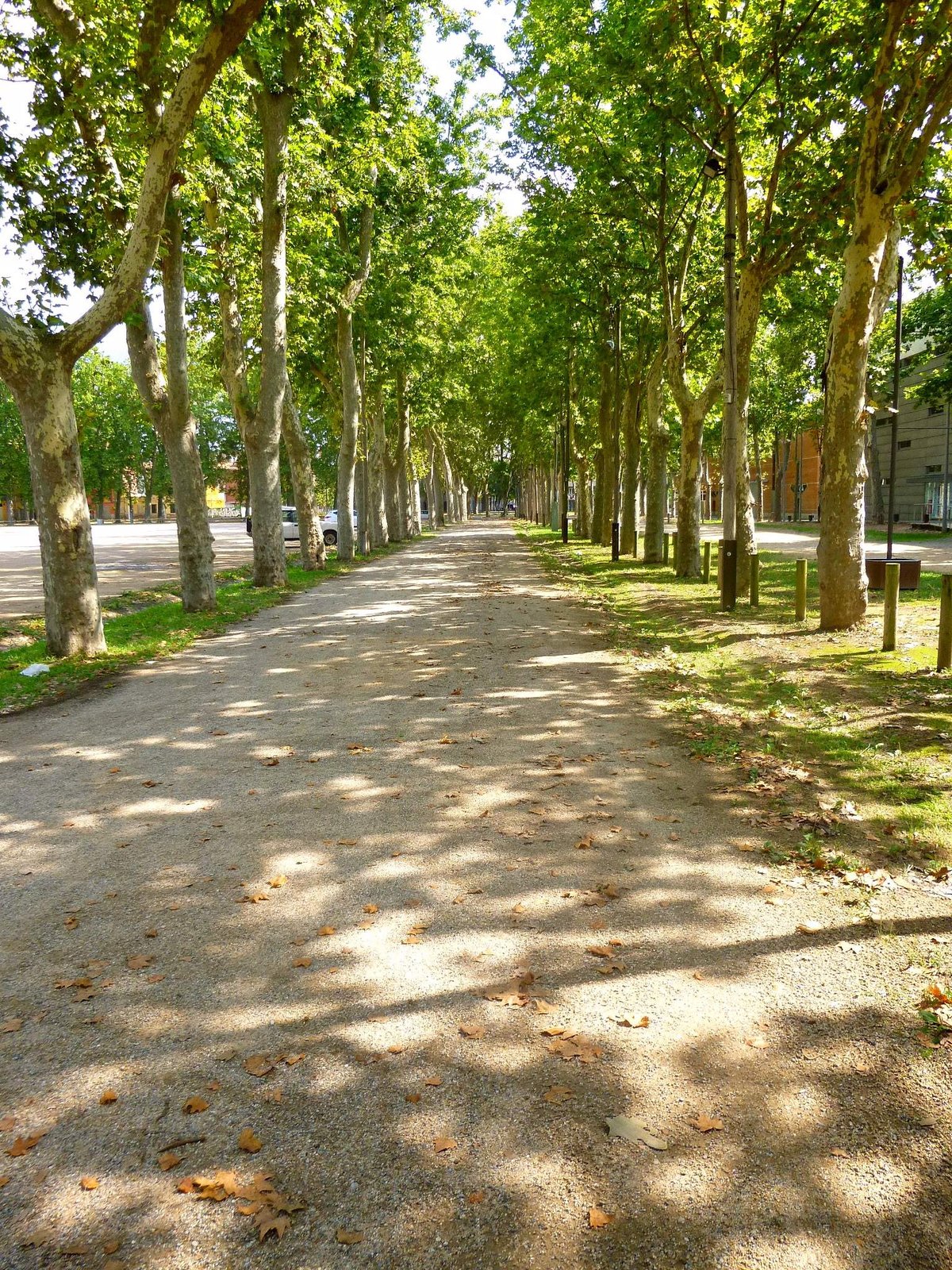
Passeig de la Sardana: Visiting Hours, Tickets, and Historical Sites in Girona
Date: 18/07/2024
Introduction
Passeig de la Sardana, located in the charming city of Girona, Spain, is a historically and culturally significant promenade that captures the essence of Catalonia. Developed in the early 20th century, this iconic walkway offers visitors a unique blend of historical charm and contemporary vibrancy. Named after the Sardana, a traditional Catalan dance that symbolizes unity and cultural pride, Passeig de la Sardana emphasizes its role in preserving and promoting Catalan culture (source). Whether you’re a history enthusiast or a casual tourist, Passeig de la Sardana offers something for everyone, from leisurely strolls to engaging in cultural events and festivals (source).
Table of Contents
- Introduction
- Visitor Information
- Historical Background of Passeig de la Sardana
- Modern-Day Relevance
- Travel Tips
- Nearby Attractions
- Conclusion
- FAQ
Visitor Information
Visiting Hours
Passeig de la Sardana is accessible to the public 24/7, allowing visitors to enjoy its beauty at any time of the day or night. However, specific events or festivals may have designated times, so it’s advisable to check ahead.
Ticket Prices
There is no entry fee to visit Passeig de la Sardana. It is a public space open to all. However, some events or guided tours may require tickets, so it’s best to consult the official Girona tourism website for details.
Accessibility
The promenade is designed to be accessible to everyone, including those with mobility challenges. Paved pathways and ramps ensure easy navigation for all visitors.
Historical Background of Passeig de la Sardana
Origins and Early Development
The origins of Passeig de la Sardana can be traced back to the early 20th century. It was initially developed as part of the urban expansion of Girona, a city with a rich historical tapestry dating back to Roman times. The promenade was designed to provide a scenic and leisurely space for the residents and visitors of Girona, reflecting the city’s commitment to blending natural beauty with urban development.
Architectural Significance
The architectural design of Passeig de la Sardana is a testament to the early 20th-century urban planning ethos. The promenade features a blend of traditional Catalan architectural elements and modernist influences, which were prevalent during its construction. The use of local materials and the incorporation of natural landscapes into the design highlight the region’s architectural heritage. Notably, the promenade is adorned with sculptures and monuments that pay homage to Girona’s historical and cultural milestones.
Cultural and Social Impact
Passeig de la Sardana has played a pivotal role in the cultural and social life of Girona. It has been a venue for numerous public events, festivals, and gatherings, fostering a sense of community among the residents. The promenade is named after the Sardana, a traditional Catalan dance that symbolizes unity and cultural pride. This naming underscores the promenade’s role in preserving and promoting Catalan culture. The Sardana dance is often performed here, especially during local festivals, drawing both locals and tourists to participate in this vibrant cultural expression.
Historical Events and Milestones
Over the decades, Passeig de la Sardana has witnessed several significant historical events. During the Spanish Civil War (1936-1939), Girona, like many other parts of Spain, experienced turmoil and conflict. The promenade served as a gathering place for the community, providing a semblance of normalcy amidst the chaos. Post-war, the promenade became a symbol of resilience and recovery, hosting events that celebrated peace and unity.
In recent years, Passeig de la Sardana has been the site of various cultural and political events, reflecting its continued importance in the social fabric of Girona. For instance, it has been a focal point for Catalonia’s independence movement, with numerous rallies and demonstrations taking place here. These events highlight the promenade’s role as a space for public expression and civic engagement.
Preservation and Restoration Efforts
Recognizing its historical and cultural significance, efforts have been made to preserve and restore Passeig de la Sardana. The local government, in collaboration with cultural heritage organizations, has undertaken several initiatives to maintain the promenade’s structural integrity and aesthetic appeal. Restoration projects have focused on repairing and preserving the sculptures, monuments, and landscaping that define the promenade’s character.
One notable restoration project was completed in 2018, which involved the refurbishment of the promenade’s pathways and the installation of new lighting to enhance its ambiance and safety. These efforts ensure that Passeig de la Sardana remains a cherished landmark for future generations.
Modern-Day Relevance
Today, Passeig de la Sardana continues to be a vibrant and integral part of Girona’s urban landscape. It attracts tourists from around the world who come to experience its historical charm and cultural vibrancy. The promenade offers a unique blend of historical significance and contemporary relevance, making it a must-visit destination for anyone exploring Girona.
The promenade’s historical significance is further enhanced by its proximity to other notable landmarks in Girona, such as the Cathedral of Girona and the Jewish Quarter. Visitors can enjoy a leisurely stroll along Passeig de la Sardana while immersing themselves in the rich history and culture of Girona.
Travel Tips
Best Times to Visit
The best time to visit Passeig de la Sardana is during the spring and fall when the weather is mild and the natural beauty of the promenade is at its peak. Early morning or late afternoon offers the best lighting for photography.
What to Bring
Comfortable walking shoes, a camera for capturing the stunning views, and a water bottle to stay hydrated. If you visit during the summer, don’t forget sunscreen and a hat.
How to Get There
Passeig de la Sardana is easily accessible by public transport. Buses and trains to Girona are frequent, and the promenade is within walking distance from the city center.
Nearby Attractions
While in Girona, don’t miss out on other nearby attractions such as the Cathedral of Girona, the Jewish Quarter, and the ancient city walls. These sites offer additional layers of historical and cultural exploration.
Conclusion
Passeig de la Sardana stands as a testament to Girona’s historical and cultural heritage. Its origins, architectural significance, and role in the social and cultural life of the city underscore its importance as a historical landmark. Through preservation and restoration efforts, the promenade continues to be a vibrant and cherished part of Girona, offering visitors a unique glimpse into the city’s past and present. Plan your visit today and experience the rich history and cultural vibrancy of Passeig de la Sardana.
FAQ
What are the visiting hours for Passeig de la Sardana?
Passeig de la Sardana is open 24/7.
Is there an entry fee to visit Passeig de la Sardana?
No, it is a public space open to all.
Are guided tours available?
Yes, guided tours are available. Check the official Girona tourism website for details.
What nearby attractions should I visit?
The Cathedral of Girona, the Jewish Quarter, and the ancient city walls are all nearby and worth a visit.
Stay Up to Date
For more updates, follow us on social media, download our mobile app Audiala, and check out other related posts on our website.
